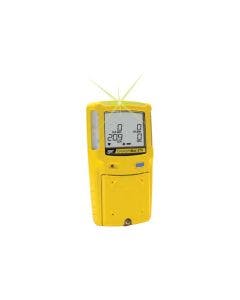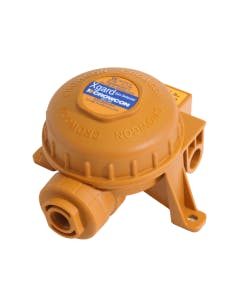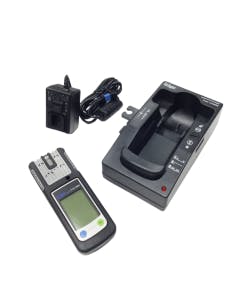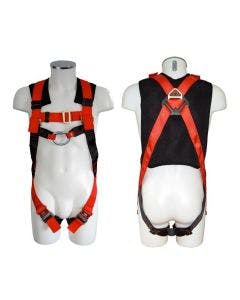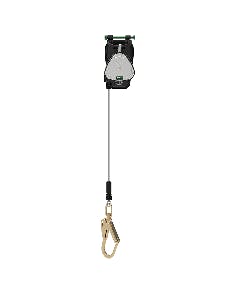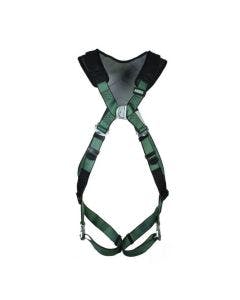Safety for Onshore Wind Turbines

Safety Solutions for Onshore Wind Turbines
Wind turbines have emerged as icons of sustainability, offering the promise of clean and green electricity to countries worldwide. However, in the quest for a greener future, it is essential to acknowledge that no solution comes without its challenges. As wind energy continues to grow in popularity and new wind farms are cropping up to meet the growing demand for green energy, these towering structures have their share of dangers. As part of the Frontline Safety green energy series, this application note highlights the dangers of working in onshore wind turbines, uncovering the risks that come with working in the industry.
What gases are found in Wind Turbines?

Confined spaces in Wind Turbines
Wind turbines are designed to convert kinetic energy from the wind into mechanical energy, then electrical energy through a generator. They are highly engineered structures built to withstand environmental conditions while using the wind to create green energy. Various parts of wind turbine structures are classed as confined spaces within these structures. Some of them include –
- Basements
- Wind turbine generators (WTG)
- Access towers
- Hubs
- Nacelles
- Yaw decks
- Blades
As confined spaces are enclosed environments, people entering them face the risk of gas and fires within these spaces. In wind turbine basements, workers can become oxygen deficient from the lack of oxygen caused by gases heavier than oxygen displacing them. Workers risk losing oxygen and consciousness from asphyxiation from gases, fumes or vapours. Toxic gases like carbon dioxide (co2) may displace oxygen if emitted from fire suppression systems. Nacelles can also pose a fire hazard risk from electrical or mechanical faults.
There may be a risk of toxic fumes within the hub of a wind turbine through hot works being carried out; vapours can be emitted from cleaning materials and if paints or solvents have been used to carry out maintenance within the hub.
Confined spaces in wind turbines can be horizontal or vertical, so they require careful consideration for emergency escapes. The basement, yaw section, transformer room and areas near the wind turbine generator often feature horizontal access. Appropriate escape equipment should be selected for use in these areas.
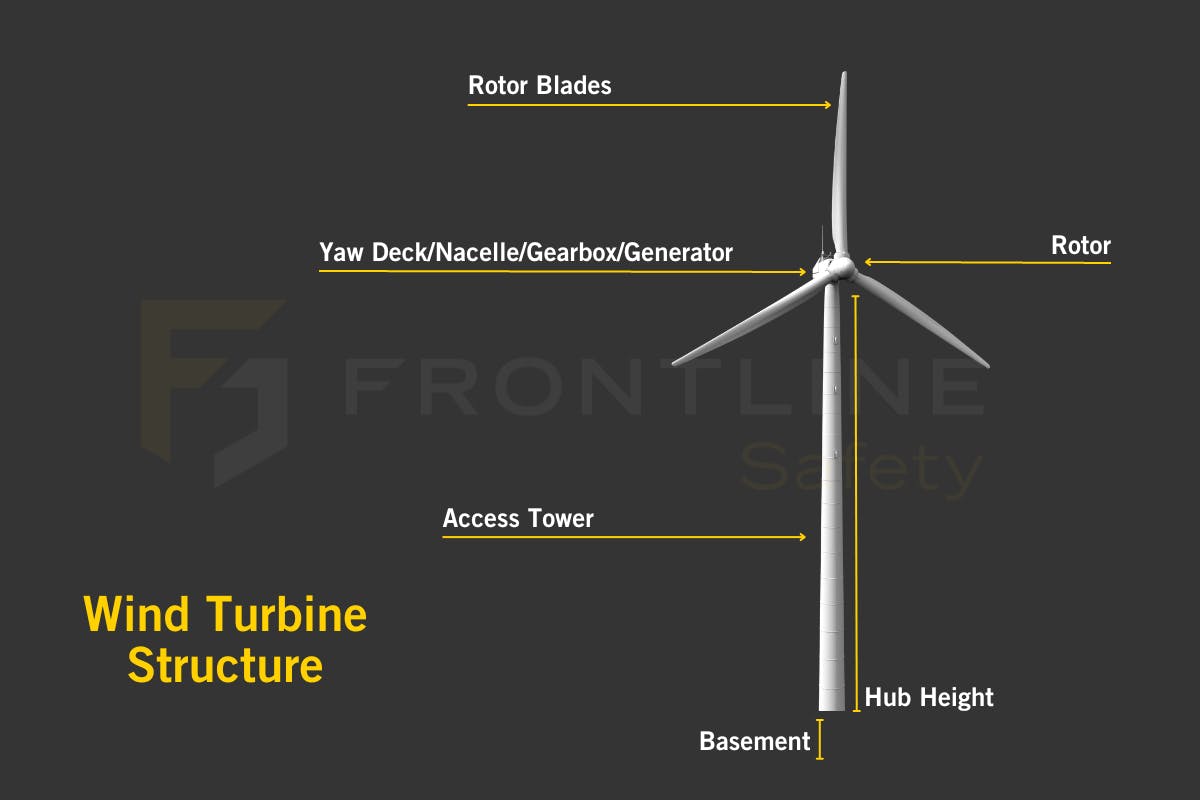
Risk Assessing Confined Spaces in Wind Turbines
Risk assessments should be carried out on wind turbine farms to determine what confined space is present and what risk is associated with the space. This can be assessed on a low, medium, or high categorisation.
Low-Risk Confined Spaces
- Low likelihood of risk upon entry and when working
- Substantial natural or mechanical ventilation
- Simple access and exit
Medium Risk Confined Spaces
- Requires the carrying of an escape set for emergency rescue
- Requires working away from the site of the safety guardian
- Requires more than one personnel outside the confined space to control entry and emergency operations.
- An emergency team in case of an emergency
High-Risk Confined Spaces
- Features areas that cannot be fully controlled
- Uses non-standard entries with complex entry and exit procedures
- Breathing apparatus is required for access, and while working
- Needs people to be outside of the confined space with safe entry and emergency responsibilities
- An emergency team on hand with an emergency confined space rescue plan

Safety Equipment for Working in Wind Turbines
Frontline Safety supplies a range of safety equipment that can protect workers while working in and around wind turbines and the confined spaces within them including gas detectors and fall protection equipment. We also provide escape devices to help workers escape safely in an emergency.
Gas Detection for Wind Turbines
To protect themselves from toxic and harmful gases and to monitor oxygen levels, workers in wind turbines should use a personal gas monitor. Personal gas detectors should be worn continuously while on shift to monitor their breathing air for gases. To enter confined spaces, workers should also use a pumped gas detector for pre-entry checks before entering the confined space to know it's safe. Depending on the specific area, a PID monitor may be needed to detect any levels of benzene and other VOCs.
Fixed gas detection systems can be installed in areas of wind turbines for continuous gas monitoring. By installing a fixed gas detection system in places like basements and access towers, gas levels are monitored while no personnel are around. Fire and flame detectors can also be integrated.
Escape Devices for Wind Turbines
Emergencies can happen in a matter of seconds and require workers to ensure they can escape quickly and safely; if not, the consequences can be fatal. There should be personal protection equipment and safety measures in place to prevent emergencies in wind turbines. However, emergency escape equipment and devices should be present in the event of one happening.
We provide some of the industry's most trusted escape sets from the most reputable brands, including the Drager CF10 & 15's, MSA S-Cap and Scott Safety Elsa's. We offer escape sets with various escape time durations, filter types and cases.
Fall Protection for Wind Turbines
Wind turbines have a high risk of workers falling from height due to the nature of their structures and tall design. Appropriate fall protection equipment should be used consistently by workers to prevent any falls from height, especially if working on the exterior of the turbine around areas like the yaw deck, rotors and the nacelle.
Frontline Safety provides a full range of fall protection equipment from some of the industry's biggest brands, including MSA Safety, Abtech Safety Ltd and Miller by Honeywell, for working at heights and in and around wind turbines. Our range includes karabiners, harnesses, winches and fall arrest devices. We also supply rescue stretchers that can be used both horizontally and vertically, ideal for wind turbine personnel rescue in emergencies.
If you have any questions or want to learn more about safety in the wind energy industry, then our friendly sales team are more than happy to discuss your needs and requirements. Call them on 0141 771 7749, email them at [email protected], or use our live website chat function using the pop-up on the right.
Products for Detection
Our recommended multi-gas detectors some of which can be used for confined space pre-entry, personal protection, or area monitoring. For confined space pre-entry checks, it is recommended that a pumped monitor is used. The use of a pumped monitor allows for a sampling tube to be fed into the confined space from the outside, confirming it is safe for workers to enter.
Products for Protection
Our recommended personal protection equipment for working on on-shore wind turbines...

